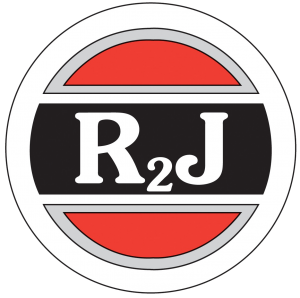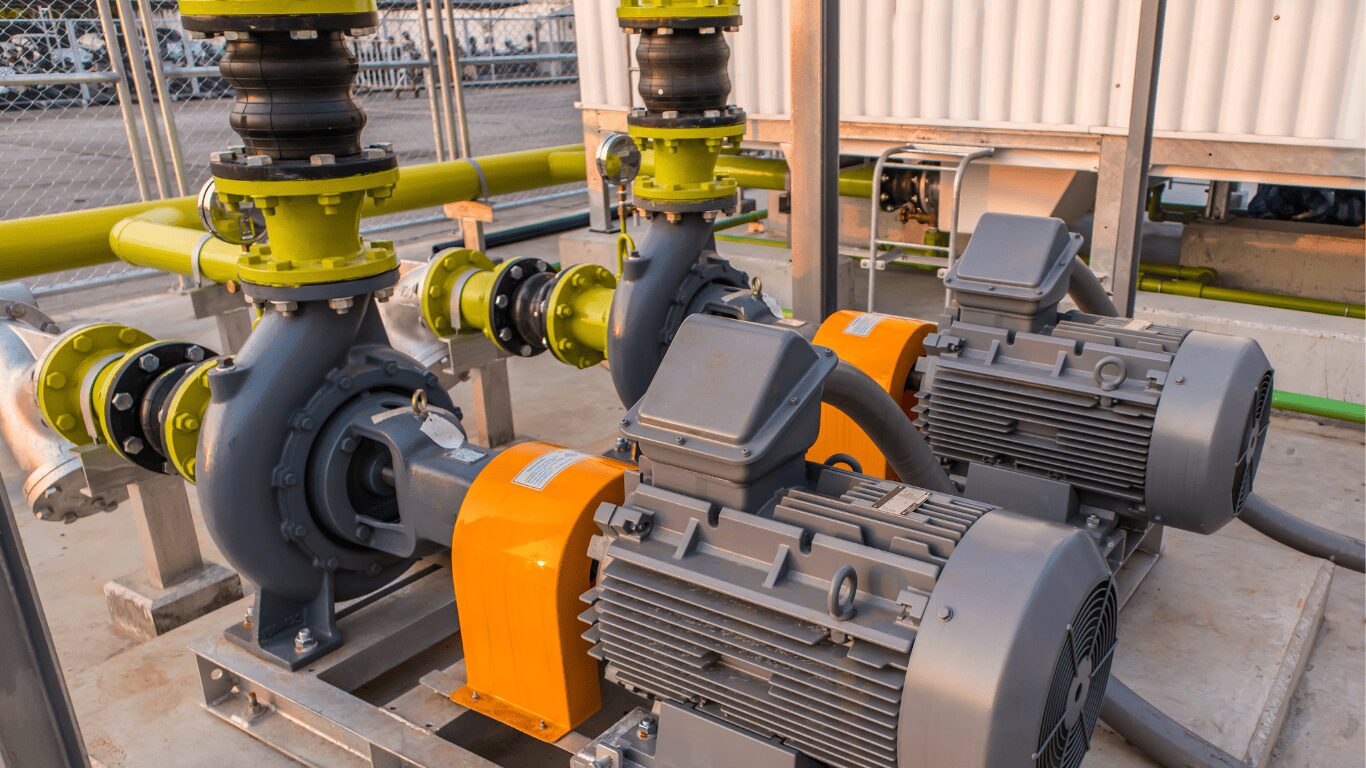Pressure testing equipment: Water Treatment Essentials
Oct 17, 2025Pressure testing equipment plays a vital role in confirming the strength and safety of water treatment and industrial systems. These tools help operators detect leaks, assess component integrity, and maintain consistent performance across pipelines and vessels. Accurate testing ensures each system operates within safe limits, reducing risks and unplanned downtime.
In this article, we’ll explore how pressure testing equipment works, what to look for when choosing the right setup, and the best practices that keep your system operating safely and efficiently.
The Role of Pressure Testing Equipment
Pressure testing equipment confirms that a system can handle its expected operating pressure without leaks or failures. In water treatment, these tests help verify the integrity of tanks, pipelines, and pumps before systems go fully online. It’s a preventive measure that protects both equipment and personnel.
Here’s what regular pressure testing helps ensure:
- System reliability – confirms that all parts can withstand the designed pressure ranges.
- Early problem detection – identifies small leaks or weak points before major issues occur.
- Operational safety – safeguards operators and equipment by maintaining proper test procedures.
- Efficiency – helps systems perform at optimal levels without unnecessary energy loss.
When facilities make pressure testing part of routine maintenance, they not only extend system life but also maintain consistent safety and performance standards.
How Pressure Testing Works
A pressure test measures how well a system holds pressure over time. Operators connect the testing equipment to the line or vessel, fill it with water or air, then apply pressure using a calibrated pump. Gauges track the pressure ranges to confirm stability throughout the test.
To carry out a pressure test effectively, teams usually::
- Prepare the system – isolate the section to be tested and ensure it’s clean and vented.
- Connect the setup – attach hoses, adapters, and gauges securely to prevent leaks.
- Apply pressure – use a calibrated pump to reach the desired test range.
- Monitor readings – observe the gauges for any drop in pressure over time.
- Inspect results – identify leaks, weak points, or damaged parts before returning to operation.
For systems running at higher capacities, see our guide on high-pressure steam systems.
Choosing the Right Equipment
Not all pressure testing equipment fits every application. Each system has its own operating pressure, layout, and connection type, so choosing the right setup is key to accurate results. Teams should look for equipment designed to handle the specific pressure ranges of their system and built from compatible materials that resist corrosion or chemical exposure.
Consider these factors before selecting your testing tools:
- System requirements – match test capacity to the system’s design pressure.
- Material compatibility – ensure hoses and fittings suit the fluid or gas being tested.
- Ease of use – tools with clear gauges and durable parts simplify operation.
- Development and support – choose trusted suppliers that offer calibration and maintenance help.
To explore more options for industrial equipment, view our water treatment solutions.
Key Components and Accessories
Every pressure testing setup includes several parts that work together to deliver accurate and safe results. Understanding these components helps operators assemble systems properly and avoid common testing issues.
To keep your testing process reliable, focus on these key components:
- Hoses – flexible lines that connect the system to the pump and distribute pressure evenly.
- Adapters and fittings – allow technicians to connect to different valve types or line sizes.
- Gauges – display test pressure readings and help detect drops during testing.
- Protection gear – shields users from accidental leaks or bursts during high-pressure operations.
- Pump – generates and maintains the necessary pressure throughout the test.
Routine inspection of these parts keeps testing accurate, consistent, and safe.
Interpreting Results and Maintaining Accuracy
A pressure test is only as good as the data it provides. Once readings are complete, teams should document every result and review trends across multiple tests. A steady pressure reading means the system is sealed, while even a slight drop can point to a loose connection or internal leak.
Follow these steps to maintain accuracy and reliability:
- Record and review – document every test analysis and compare with previous data.
- Inspect equipment – check gauges, hoses, and fittings before and after each test.
- Calibrate regularly – verify that all instruments reflect true operating pressure levels.
- Log results digitally – use tracking software or spreadsheets to spot long-term trends.
- Recheck after adjustments – repeat the test after repairs to confirm the system’s integrity.
For more on how accurate testing supports long-term protection, see our guide on effective boiler corrosion prevention.
Building a Safer Testing Routine
Pressure testing is as much about safety as it is about performance. Each procedure should protect both the user and the equipment being tested. Before starting, always double-check that all valves are closed, gauges are reset, and connections are secure. Never exceed the recommended pressure range, and always wear proper protection gear to avoid injury.
To create a safer and more consistent testing process, teams can:
- Inspect before testing – verify that all hoses, adapters, and gauges are in good condition.
- Control the test pressure – increase pressure gradually to prevent sudden surges.
- Monitor readings – watch for irregular gauge movements or unexpected drops.
- Release pressure safely – depressurize the system slowly before disconnecting equipment.
- Review and improve – discuss test results with your team to strengthen future routines.
Want to build a safer, more consistent testing routine? Let us help you through proven practices that enhance accuracy, efficiency, and operational safety.
Frequently Asked Questions (FAQs)
What types of pressure testing equipment are ideal for water treatment systems?
The ideal setup depends on your system’s pressure range, size, and operating conditions. For most water treatment facilities, portable hydraulic pumps and digital gauges offer both accuracy and convenience. Choosing equipment that’s compatible with your system’s materials and pressure limits ensures consistent, safe performance.
How often should pressure testing equipment be calibrated?
Calibration should be part of your preventive maintenance routine. Many experts recommend checking calibration every six months or after any major repair. Regular calibration confirms that gauges and pumps deliver precise readings, helping you avoid incorrect analysis or system strain.
Can testing equipment be used across different systems or applications?
Some setups can be used in more than one case, but always confirm compatibility before connecting. Using the wrong adapters or hoses can create leaks or false results. A trusted supplier can help verify which equipment combinations are safe for your specific system.
What factors affect the price of pressure testing equipment?
The price varies depending on pressure capacity, material quality, and included accessories. Systems with advanced gauges, reinforced hoses, and quick-connect fittings tend to cost more but last longer. It’s best to compare equipment features side by side before making a purchase or reaching out through the supplier’s contact page or email for a custom quote.
Where can I view more information or request expert advice?
You can view product details, service guides, and maintenance tips through reputable suppliers or water treatment specialists. For tailored guidance on developing or upgrading your testing setup, contact our team and we’ll help you choose equipment that fits your application, budget, and safety goals.


